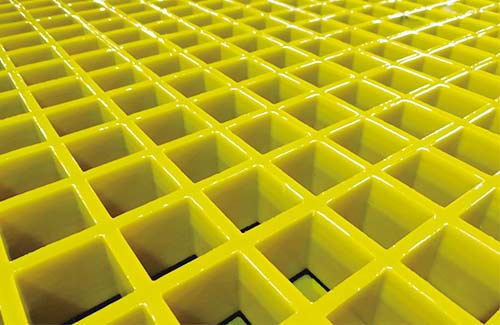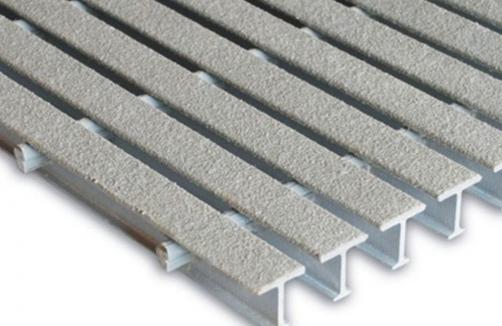FRP Grating Compared to Steel Grating: A Comprehensive Analysis
When it comes to industrial flooring solutions, FRP (Fiberglass Reinforced Plastic) grating and steel grating are two of the most popular options. Both offer durability, strength, and versatility, but they come with distinct advantages and disadvantages. Choosing the right material depends on your specific needs, budget, and environmental conditions. In this comprehensive analysis, we’ll explore the key differences between FRP and steel grating, addressing common questions and helping you make an informed decision.
What Are the Primary Differences Between FRP and Steel Grating?

FRP grating and steel grating serve similar purposes—providing a strong, slip-resistant surface for industrial applications—but they differ significantly in composition, weight, corrosion resistance, and maintenance requirements.
Composition and Strength
- FRP Grating: Made from a mixture of fiberglass and resin, FRP grating is lightweight yet incredibly strong. It can withstand heavy loads and is non-conductive, making it ideal for electrical applications.
- Steel Grating: Constructed from steel bars (usually welded or bolted), steel grating is robust and durable but much heavier than FRP. It’s highly conductive, which can be a drawback in environments where electrical safety is a concern.
Corrosion Resistance
One of the standout benefits of FRP grating is its exceptional corrosion resistance. Unlike steel, which rusts when exposed to moisture or chemicals, FRP remains unaffected, making it perfect for marine, chemical, and wastewater applications. Steel grating, while durable, requires regular painting or coating to prevent rust.
Weight and Portability
FRP grating is significantly lighter than steel grating, which simplifies installation and reduces the need for heavy lifting equipment. This makes it a preferred choice for applications where weight is a critical factor, such as on bridges or mezzanine floors.
Key Considerations: Which Material Is Right for Your Application?
1. Electrical Safety
If your application involves electrical panels or sensitive equipment, FRP grating is the clear winner. Its non-conductive properties prevent short circuits and hazards, ensuring a safer working environment. Steel grating, being conductive, requires additional safety measures, such as insulating mats or coatings.
2. Environmental Exposure
For outdoor or corrosive environments, FRP grating outperforms steel. Its resistance to saltwater, chemicals, and extreme weather makes it a low-maintenance, long-lasting solution. Steel grating may degrade over time if exposed to harsh conditions without proper protection.
3. Maintenance Requirements
FRP grating requires minimal maintenance—just occasional cleaning—while steel grating needs regular inspections, painting, and rust treatment. If you’re looking for a hassle-free option, FRP is the way to go.
4. Cost-Efficiency
While FRP grating may have a higher upfront cost, its durability and low maintenance make it more cost-effective in the long run. Steel grating, though initially cheaper, can incur higher long-term expenses due to repairs and maintenance.
Sharing Insights: Case Studies and Industry Applications
Many industries have successfully implemented FRP grating in their operations. For example:
– Marine Industry: FRP grating is used on docks and piers due to its corrosion resistance and lightweight design.
– Chemical Plants: The material’s ability to withstand harsh chemicals makes it ideal for flooring in these environments.
– Electrical Facilities: FRP’s non-conductive nature ensures safety in substations and power plants.
Steel grating, on the other hand, remains a popular choice in construction, warehouses, and heavy-duty industrial settings where its strength and affordability are prioritized.
Conclusion
When deciding between FRP grating and steel grating, consider factors such as electrical safety, environmental exposure, maintenance requirements, and cost. FRP grating offers superior corrosion resistance, electrical safety, and low maintenance, making it ideal for demanding industrial applications. Steel grating, while cost-effective upfront, may require more long-term care.
Ultimately, the best choice depends on your specific needs. If you prioritize durability, safety, and minimal upkeep, FRP grating is the superior option. For heavy-duty applications where weight and budget are key, steel grating remains a reliable choice.
By understanding the differences and benefits of each material, you can select the flooring solution that enhances safety, efficiency, and longevity in your industrial setting.
Would you like more details on specific applications or installation tips? Feel free to share your questions in the comments below!







